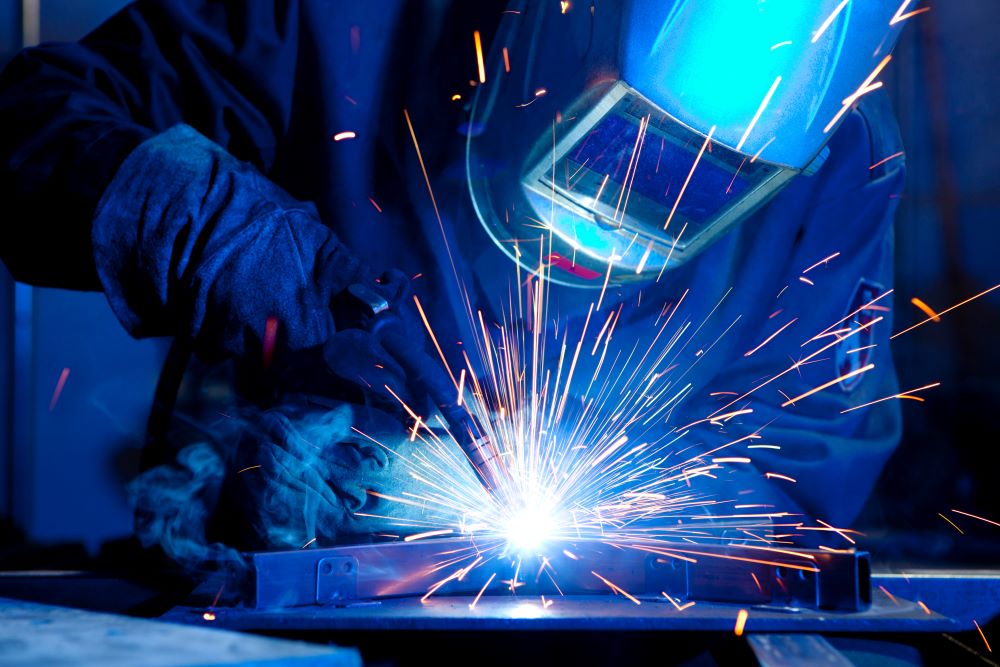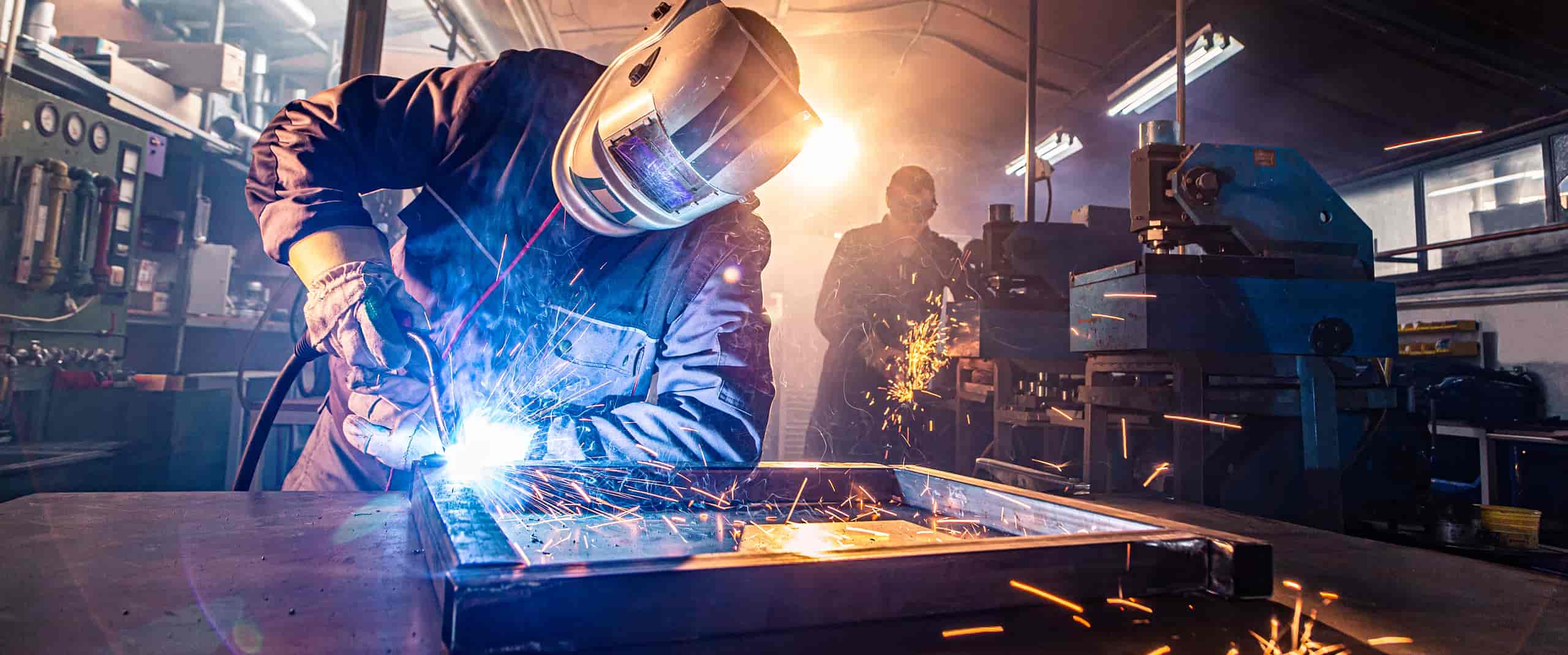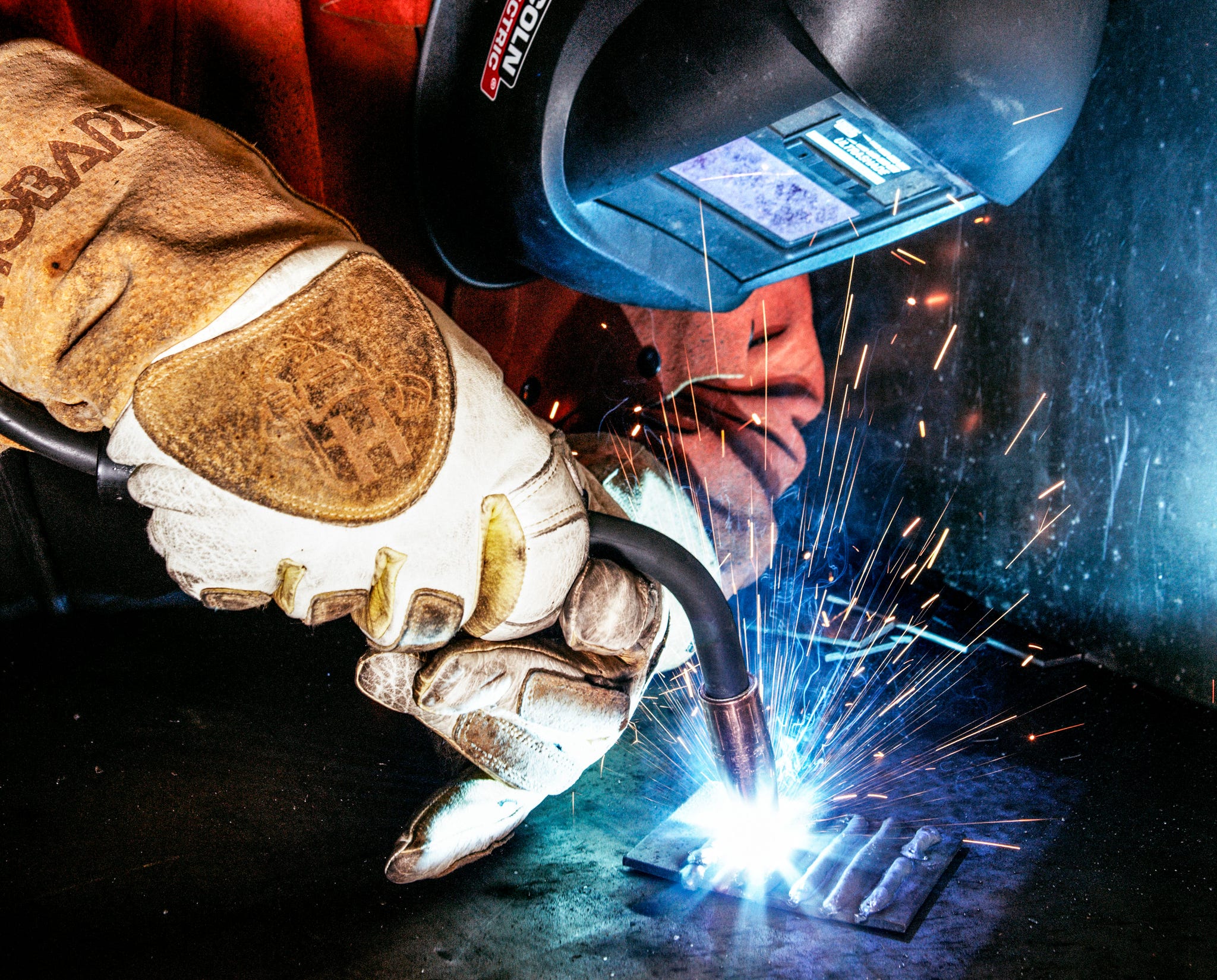Understanding Welding WPS: Comprehensive Guide for Welders
Understanding Welding WPS: Comprehensive Guide for Welders
Blog Article
Mastering Welding WPS Requirements: Ideal Practices and Techniques for Top Quality Welds
In the realm of welding, grasping Welding Treatment Specification (WPS) criteria is a critical element that straight influences the high quality and honesty of welds. As we navigate with the intricacies of welding WPS requirements, revealing key insights and approaches for accomplishing top-tier welds will be vital for welders looking for to excel in their craft and generate welds that stand the test of time.
Recognizing Welding WPS Standards

Comprehending WPS standards is vital for welders, assessors, and engineers involved in welding procedures. By complying with WPS standards, welders can create welds that meet the called for mechanical residential properties and structural honesty. Examiners rely upon WPS paperwork to verify that welding treatments are being followed appropriately and that the resulting welds are of high top quality. Engineers utilize WPS standards to develop welding treatments that make sure the resilience and integrity of welded frameworks.


Vital Devices for Quality Welds
Mastering welding WPS requirements is necessary for welders to properly make use of the necessary devices required for creating quality welds. One of one of the most critical devices for high quality welds is a welding maker. The type of welding device needed relies on the welding procedure being utilized, such as MIG, TIG, or stick welding. Welding helmets are also indispensable to shield the welder's eyes and face from triggers, warm, and UV radiation. Additionally, welding gloves constructed from long lasting and heat-resistant materials guard the hands from injuries and burns. Clamps and magnets help hold the work surfaces with each other safely throughout the welding process, guaranteeing precise and precise welds. Cord brushes and cracking hammers are essential for cleansing the weld joint before and after welding to remove any kind of pollutants that can impact the quality of the weld. Last but not least, a gauging tape and angle grinder serve devices for ensuring appropriate alignment and preparing the work surfaces for welding.
Trick Techniques for Welding Success
To attain welding success, one need to understand the vital methods crucial for generating high-grade welds. Keeping a constant hand and a steady welding setting throughout the process is key to achieving accuracy and uniformity in the welds. By mastering these crucial strategies, welders can boost the quality of their job and achieve welding success.
Ensuring Compliance With WPS Requirements

In addition, preserving in-depth records of welding specifications, tools calibration, and assessment results is crucial for showing conformity with WPS requirements. By diligently adhering to WPS criteria, welders can guarantee that their job fulfills the necessary quality levels and adds to the general success of the welding project.
Troubleshooting Common Welding Issues
To resolve this, ensuring appropriate cleansing of the base metal prior to welding and using the appropriate protecting gas can dramatically reduce porosity. Additionally, distortion, splitting, and spatter are typical welding difficulties that can be minimized via proper joint preparation, consistent warm control, and picking the ideal welding consumables. By extensively comprehending these usual welding issues and their root causes, welders can successfully fix issues and attain high-quality welds.
Verdict
Finally, mastering welding WPS standards requires a comprehensive understanding of the guidelines, using vital devices, and carrying out crucial strategies for successful welds. Ensuring compliance with WPS criteria is crucial for producing top quality welds and staying clear of usual welding problems. By complying with finest techniques and techniques, welders can attain trustworthy and constant lead to their welding jobs.
In the realm of welding, mastering Welding page Treatment Spec (WPS) requirements is a vital component that straight affects the high quality and integrity of welds.When diving right into the realm of welding techniques, a vital element to comprehend is the importance and intricacies of Welding Treatment Spec (WPS) standards. WPS criteria offer a detailed standard for welding operations, ensuring uniformity, quality, and safety and security in the welding procedure. The type of welding equipment needed depends on the welding procedure being great post to read made use of, such as MIG, TIG, or stick welding.Accomplishing welding success through the proficiency of essential strategies requires an extensive understanding and adherence to Welding Treatment Requirements (WPS) criteria.
Report this page